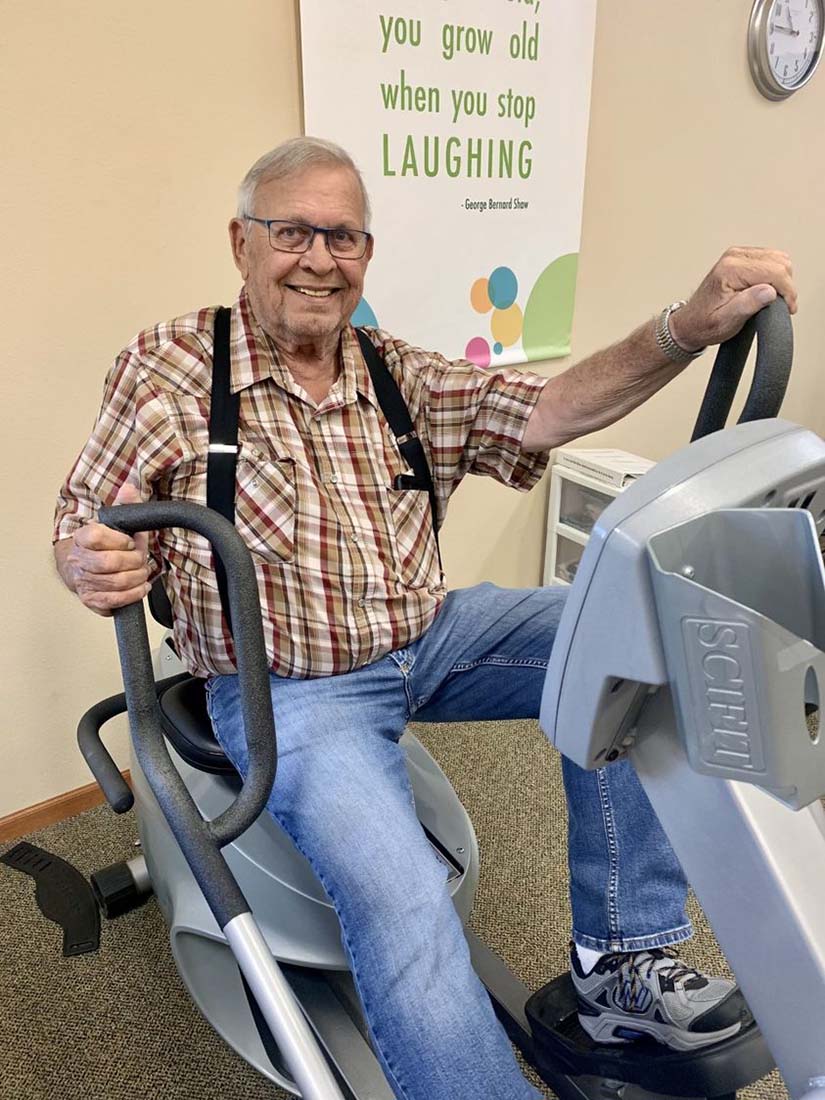
Relief Options for Those with Parkinson’s

Because April is Parkinson’s Awareness Month, we wanted to help spread the word and highlight how those suffering have found some relief.
The Hoehn-Yahr Scale helps to classify Parkinson’s disease into stages based on the degree of physical involvement. The first stage, stage I, begins as involvement on one side of the body with minimal or no troubles with functional use. The most advanced stage, stage V, is classified as physical weakness and incapacity, so great that the individual may be bed-bound or using a wheelchair unless given assistance.
Almost all diagnoses have a progression, and Parkinson’s disease presents differently in each individual who is diagnosed. Both physical and non-physical symptoms come from this neurodegenerative disease that could cause minimal or devastating impacts on daily function and relationships.
The early stages can be easily misunderstood as ordinary changes related to the aging process. Unfortunately, when symptoms are overlooked, the clock is ticking. Increasing our understanding of the disease process helps us to intervene earlier.
Common earliest signs of Parkinson’s:
- Fatigue
- Decreased ability to smell (which may also lead to appetite changes and weight loss)
- Constipation
- Small, cramped handwriting
- Voice changes
- Stooped posture
It’s no wonder that the early signs of Parkinson’s disease often go unrecognized. The body tries to alert you to this movement disorder for years before movement difficulties are generally even recognized, and your body compensates for these early warning signs. However, as the disease progresses to the mid-to-late stages, there are much more noticeable symptoms. Read on to learn more about the common symptoms and some of the lesser-known ones.
Four major characteristics:
- Tremors (shaking that occurs at rest)
- Stiffness in the arms, legs, and trunk
- Slow movements
- Problems with balance and a tendency to fall
Secondary symptoms:
- Reduced arm swinging when walking
- Tendency to get “stuck” when walking
- Tendency to fall forward
- Muffled, low-volume speech
- Blank facial expression
- Decreased blinking and swallowing
Lesser-known symptoms:
- Increased risk of melanoma (skin cancer)
- Flaky white or yellow scales on the skin, known as seborrheic dermatitis
- Sleep disturbances with vivid dreams
- Hallucinations
- Difficulty with visual-spatial relationships
- Problems with attention and memory
- Depression
- Anxiety
- Muscular pain
Caregivers often wonder what will help their loved ones to live well through the progression of Parkinson’s disease. Many hopeful therapies are around to help encourage those living with Parkinson’s.
LSVT BIG® and LOUD®
Since 1987, individuals have been experiencing the benefits of amplitude-based treatment developed by Dr. Lorraine Ramig called Lee Silverman Voice Treatment (LSVT LOUD). It is based on the principle of “recalibrating” the understanding of how to use the voice to provide for increased volume, clarity of speech, and facial expression. LSVT LOUD is directed by a specially trained speech therapist and follows a specific dosage for optimal results. More recently, LSVT BIG has been developed with the same principles of amplitude-based training and recalibration from LSVT LOUD, but this time to focus on the body’s overall movements. Certified physical and occupational therapists lead the participant through a one-on-one, intensive four-week program to optimize the performance of walking, balance, dressing, handwriting, and whatever other tasks are meaningful to each participant.
Parkinson Wellness Recovery (PWR!)
Parkinson Wellness Recovery (PWR!) is a model of fitness and health for life developed by Dr. Becky Farley in 2010 for individuals with Parkinson’s disease. It creates a natural flow to and from group fitness classes and skilled one-on-one therapy with a certified PWR! occupational or physical therapist to decrease symptoms of Parkinson’s disease and promote an optimal quality of life. PWR! uses four primary movements, PRW! Up, PWR! Rock, PWR! Twist and PWR! The steps that work to counteract the symptoms of stiffness, slowness of movement, incoordination, and reduced body awareness are commonly found in individuals with Parkinson’s disease. PWR! builds physical, cognitive, and emotional health through specialized delivery of service and through empowering participants to live well every day.
Rock Steady Boxing
Empowerment and hope are the keywords for Rock Steady Boxing. This one-of-a-kind program is designed to knock out the symptoms of Parkinson’s disease through a specially designed non-contact boxing program. It optimizes physical fitness and provides a non-traditional support group where participants and their care partners unite to fight against Parkinson’s disease. Whether you consider yourself an athlete or not, this program is for you!
With the help of CaringEdge’s Outpatient Therapy Program, those residing at Edgewood have some options for managing symptoms of Parkinson’s. When a disease like Parkinson’s strikes, there’s no cure, but creatively, we can help those in need to find relief. Reach out to us today at info@caringedge.com to learn more.
